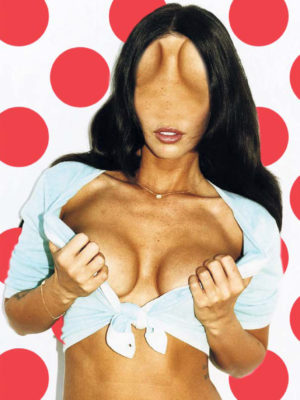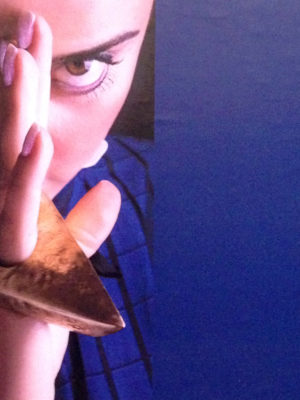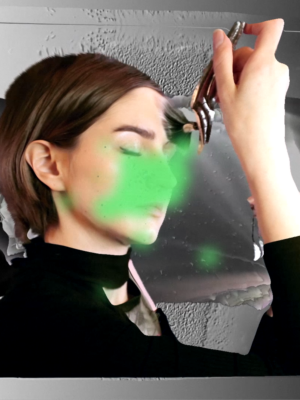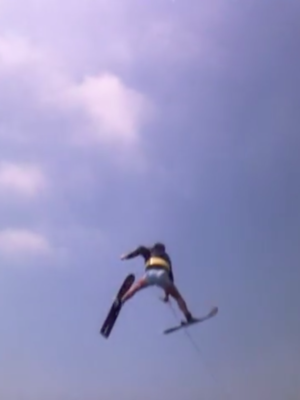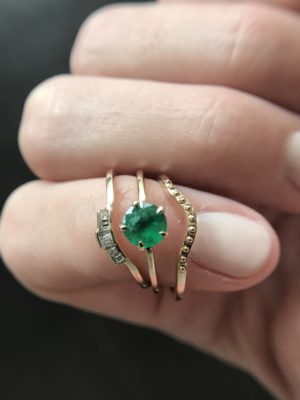CHARACTERISTICS
Copyright is a form of Intellectual Property. IP regulates creations of human mind and the rights of creators over their creations.
> Copyright is an automatic right. It emerges with the creation of an original artistic work. An idea is not protected as long as it is not expressed in a specific form.
ORIGINALITY
> Copyright protection includes every original representation of authorship, despite its artistic merit, quality or value. An original creation of human mind is not only limited to works of art, it also can be a technical guide, a manual, an engineering drawing etc.
> In terms of law originality means that the form of expression (the outcome) of an idea has to be independently created (= not copied) and manifests its author’s originality/uniqueness.
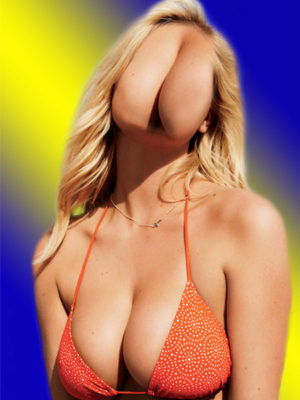
___STEADY_PAYWALL___
ECONOMIC RIGHTS
Copyright indicates that someone owns the right over the work. Making copies, distribution to the public, providing public access, translations or adaptions, performances or screenings in public space such as any form of financial benefit from the copyrighted work require the author’s/ copyright owner’s authorisation.
MORAL RIGHTS
The author has exclusive rights in his creation, the moral rights. They protect the author’s integrity and reputation. The author has the right to be credited in every form of publication, reproduction or exhibition of his/her work. This right is also known as Authorship Right or Paternity Right. The author has the right to protect the integrity of the work. Modifications can be prevented by the author in order to avoid damages in the work and in the author’s honour or reputation.
ECONOMIC AND MORAL RIGHTS
In copyright law two different kinds of rights exist. Economic rights can be sold by the author and bought from the author. Moral rights are personal rights. Usually they are neither sold nor bought. An author keeps the moral rights even if he/she has sold the economic rights of a work. Nonetheless, they can be passed on to heirs after an author’s death.
The Grey Zone:
FAQ
ALTERATION OF WORKS
Q: Are there any restrictions in the modifications I make to such imagery?
A: Modifications of an artwork are protected by the moral rights of the author. Generally, modifications (like for instance in a photograph the changing of colours, cropping, erasing things or people) are not allowed. It would damage the right of integrity of the work of art. However, if the appropriation is a parody there are usually no restrictions.
Q: Why is this a grey zone?
A: A work based upon another artist’s work can become a piece of art on its own. Then the copyright owner of the initial work has no rights in it. There is no general rule which defines when an appropriated work is an autonomous piece of art and not a copy. This decision is taken by the courts.
COPY
Q: How can I tell my work is a copy in terms of law?
A: It is not a copy if you only use the subject treated in the original source and when you translate it into something new. It is a copy when you copied (or integrated) the substantial part of the original source.
Q: What does that mean, substantial?
A: The substantial part of a copyrighted work differs from case to case. The legal definition of substantial is: an important, essential or distinct part of the work. Substantiality not only depends on the quantity of material used, but also of its quality. Using the small part showing the lips and moustache of Marcel Duchamp’s L.H.O.O.Q. in a collage would be an infringement because it’s the substantial part of Duchamp’s image.
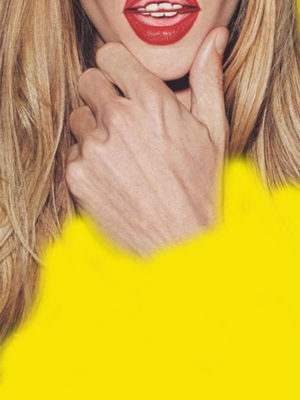
TRADEMARKS
Trademarks are separately protected within Intellectual Property.
Q: Can I integrate Trademarks in my work?
A: In terms of law, a trademark is ‘any sign that individualizes the goods of a given enterprise and distinguishes them from the goods of its competitors’. The use of trademarks is a grey zone. It is not allowed to integrate a trademark in a work in a confusing way. When using trademarks in a work of art, it has to be clear that this happens as an artistic gesture, that the work is not an advertisement and that the trademark is not responsible for its content. The use of a trademark should not damage the brand’s reputation… On the other hand, it’s ok to use the trademark within the right of ‘Freedom of speech’. Enterprises have special sections with lawyers, guarding the use of brands and trademarks. If you include a trademark in your work there is a chance that you are watched.
Q: Does my work contain potentially protected material by copyright?
A: Copyright is an automatic right, which emerges with the creation of an original artistic work. The protection includes every original representation of authorship, despite its artistic merit, quality or value. An original creation of human mind is not limited to works of art, but can also be a technical guide, a manual, an engineering drawing etc.
Ask yourself the following questions and if answered Yes = permission required.
My work contains for instance
> Artistic works: paintings, photographs, sculptures, installations etc.
> Literary works: Books, newspapers, magazines, catalogues etc.
> Advertisements: Commercial prints, billboards, labels, logos etc.
> Dramatic works: Dance, play, mime etc.
> Audio and audio-visual performances etc.
> Technical drawings: Maps, charts, globes, diagrams etc.
> Motion pictures: Film, documentary, TV advertisement etc.
> Works of applied art: Wallpapers, carpets, jewellery, fabrics, toys etc.
> Digital content: Computer programs, animations, digital files etc.
If answered Yes = no permission required.
My work is based on or uses
> A general idea, method, style, procedure or concept.
> Historical, biographical or scientific facts or daily news.
> Law texts and/or the outcome of official government works.
> Quotes from protected works. No permission, provide the source of the quotation and mention the author.
SCOPE OF PROTECTION
> Copyright is limited on a specific period of time. Usually this period is the author’s life time plus at least 50 years after his death.
> Berne Convention for the Protection of Literary and Artistic Works 1979, Art 2: “Protected is every outcome in the literary, artistic and scientific domain, no matter of its form of expression”. Expression means perceivable by one of the five human senses.
> In some countries works need to be fixed for a durable time to get copyright Protection.
NOT PROTECTED
> Ideas are not protected by copyright as long as they aren’t expressed in a specific form.
> Also not protected are historical, biographical or scientific facts and daily news.
> In some countries the outcome of official government works is not protected by copyright. Those are law texts or copies of statues.
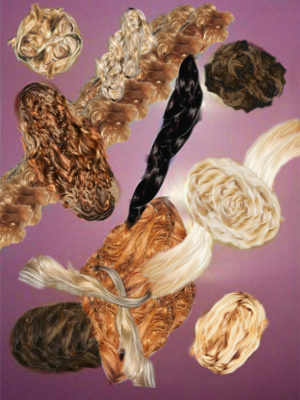
Céline Manz born in 1981 in Zurich, Switzerland, lives and works in Amsterdam (NL) and Basel (CH)
www.celinemanz.com
